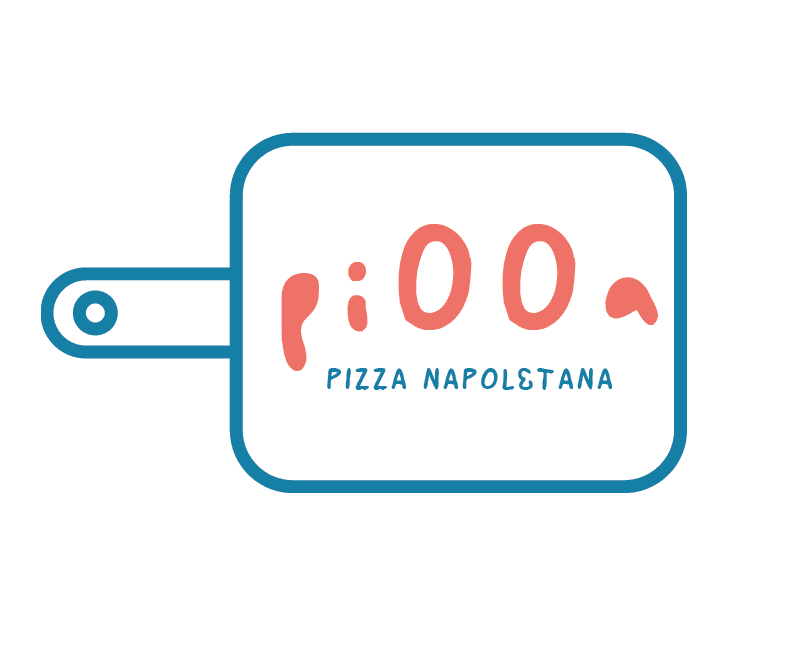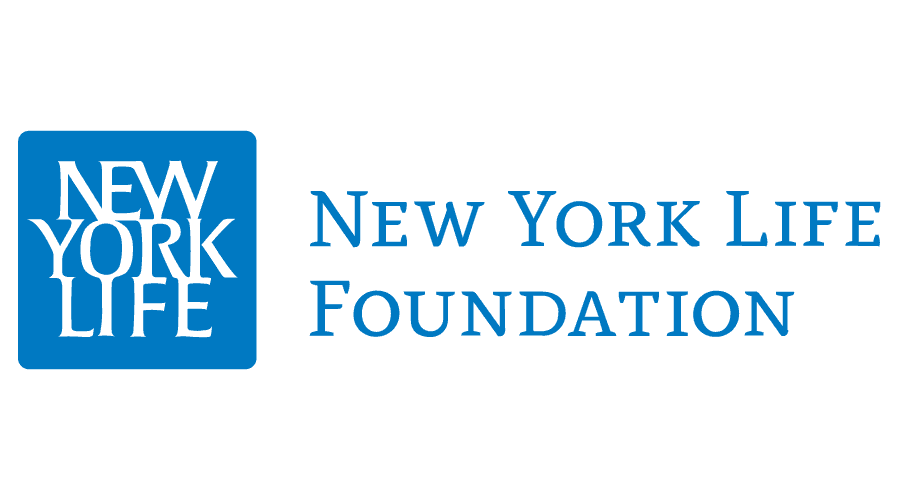Thank You to Our Heroes!

Tom McClure, ICU RN, works in the intensive care unit at Memorial Medical Center in Springfield, where he has treated multiple patients with coronavirus
Today we want to honor Tom McClure, ICU RN, Memorial Medical Center, Springfield, Chicago. Here is his story as reported by Alison Bowen of the Chicago Tribune.
Tom McClure is a nurse in the intensive care unit at Memorial Medical Center in Springfield who has treated multiple patients with the novel coronavirus. In his unit, which has 15 beds, four patients are diagnosed with COVID-19 and four are awaiting testing results.
He answered questions about what is involved in caring for a coronavirus patient at his hospital. This interview has been edited and condensed.
Q: What happens when a patient comes in who might have the coronavirus?
The ER has been quarantining them in their own special corona area, and then we have a dedicated general floor that’s just for people that are suspected of COVID or that have COVID that are not that sick yet. Most of the people that we’ve got in the ICU are coming directly from the general floor.
Q: What are health issues that patients are experiencing in the ICU?
For the really sick ones that we have had, they’re going into ARDS (acute respiratory distress syndrome). All we can do to fix it is supportive care. We can put you on the ventilator; we can do this thing called proning, where we put you belly down on the bed. But doing it in an airborne infection isolation room, usually it’s a six-person job. The last time I had to do it, because of our isolation policies, we did it with three. It’s much more difficult; it’s much riskier.
Q: The availability of ventilators has been a concern across the country. How is the situation there?
Ventilator supply so far has been OK. That said, everything’s subject to change. The only supplies that we’ve been getting low on, we were low on bleach for about two weeks, and there have been some community donations of Lysol wipes.
Q: What is involved in caring for a patient with coronavirus?
ICU nurses are creatures of habit. Every day we start off with a safety huddle, where we talk about updates on the corona pandemic. We go room by room and say what each person has. That way if you hear the alarm going off, you know that you need to respond to it.
Every two hours we try to turn our patients. Every day we do mouth care. That includes cleaning out their mouths.
Our staffing ratios have stayed the same. We can go up to three patients. Prepandemic, three ICU patients, it’s tough. Now, it’s impossible. You do not feel like the best nurse. There are things that get missed — mouth care, turns. You just have to focus on triage, on the absolutely life-sustaining stuff, which is unfortunate. It hasn’t happened a lot, but it definitely has happened.
Tom McClure works in the intensive care unit at Memorial Medical Center in Springfield, where he has treated multiple patients with coronavirus. (Jessica Adams)
Q: How many people can be in a room?
They don’t want us to be in the rooms for too long, but with ICU rooms, it’s not possible. We can’t not be in the room. If we’re not in the room, then they’re going to die, unfortunately.
You have the nurse that’s taking care of the patient; you have the attending physician. No residents are allowed. We’re trying to limit it.
Q: Have any of your co-workers been diagnosed with the coronavirus themselves?
I only know of one person that’s quarantined with symptoms. But it could have been community acquired. So far, knock on wood, we’ve been fairly safe on our unit. They have us checking our temperature every day. But latest reports I’ve read, 25 percent of people could be afebrile. There’s not a good way to tell who’s got this and who doesn’t.
Q: How are rooms cleaned?
We clean the rooms. Housekeeping will come and clean the rooms afterward. We let them sit for hours to blow out any of the particles. After that they will Tru-D the room — it’s a machine that throws UV light all over the room. It looks like a big chunk of a tanning bed. It’s pretty wild looking.
Q: What is the process to go into a room?
I’m using a special mask, the PAPR (powered air-purifying respirator). You wear the actual respirator unit around your waist on a belt, and then it has a hose that comes up your back, and it goes into a hood that comes over your face, and then it forces the air out of the mask. It’s very loud.
I grab my PAPR unit, turn it on, and then we have a pressurized tester that you put on the end of the tube. It’s like a small pingpong ball on the inside. If that pingpong ball floats to the top, you know your unit’s working. You always check the battery. Then you put that on around your waist. You have to get the gown on over the unit, which is a pain. You put on your hood, and you put on your gloves. I usually do a little turn for the safety officer (who checks that everything is correct).
Once my nursing stuff’s done, I knock on the door (to the anteroom, a room that is between the patient’s room and the hallway). You do hand hygiene with sanitizer over your gloves, pull off the gown, gown goes in the garbage. Hand sanitizer again, because your gloves come off with the gown. Then you enter the anteroom; you make sure your door closes on the patient side. You knock on the hallway door. Dissemble PAPR, clean it. You do hand hygiene again. You’re doing hand hygiene a total of five or six times.
Q: For family members who might have a patient, especially with visitors limited, any advice for checking on their relative?
We’ll take the patient one of our iPad tablets, so they can see their family, that we can bring to the bedside. We’re able to bleach those.
The biggest thing that I would tell families upfront is nominate a spokesperson for your family, because any time a nurse is on the phone with you, they’re not taking care of your family member. We don’t mind giving updates, but we like to talk to one family member. That frees up our time, so we can do our job for them.
I would just ask the nurse their general impression — how do you think they’re doing right now? If somebody’s not doing well, my key phrase is I say, “They’re critically stable at the moment.” That’s my code that they’re not doing so hot.
Q: What do you wish people knew? What would help?
I would like if people could write their representative in government and tell them we do need to make sure that manufacturers are making the things that we need. The ventilators, the masks, the bleach wipes, the stuff that we know protects us and protects the people we’re taking care of. I think it’s going to last longer than a lot of people think.
Thank you Tom for your commitment, dedication, and compassion for your patients and communities.
If you have a story and pictures of a front line nurse you would like us to highlight on our website and social media, please email them to us at info@helphopehonor.org.
OUR DONORS
-
 Mary's Ayia
Mary's Ayia -
 KFA DJ Ken Ito
KFA DJ Ken Ito






























